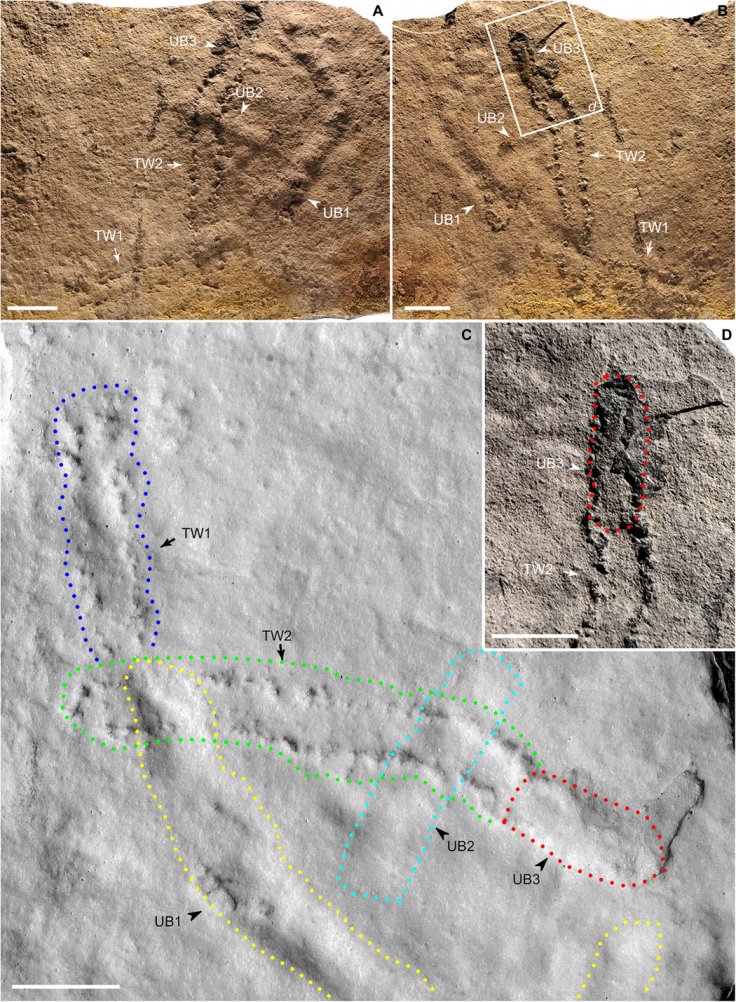Grand Canyon in Arizona, U.S. has been a witness to many ancient animals walking through it. Hence, it's not a surprise to find fossilized tracks. But one of such footprints — about 313 million years old — is of particular significance. The tracks are the oldest-ever recorded in Grand Canyon National Park.
In 2016, when Norwegian geology professor Allan Krill was hiking through the red stones at the Bright Angel trail, he noticed a large boulder that contained fossilized footprints. Like any, Krill too was fascinated by the discovery. But he didn't realize what he was looking at. He sent a picture of the footprints to his paleontologist friend Stephen Rowland of the University of Nevada, Las Vegas.
After subsequent paleontological research, it was confirmed that the tracks, which were thought to be one of the abundant ones in the area, to be among the oldest footprints on Earth. "These are by far the oldest vertebrate tracks in Grand Canyon, which is known for its abundant fossil tracks," Rowland said.
"More significantly, they are among the oldest tracks on Earth of shelled-egg-laying animals, such as reptiles, and the earliest evidence of vertebrate animals walking in sand dunes," he added. The research paper was published in the journal PLOS One.
Exposed After Cliff Collapse

Interestingly, the oldest footprints in the area probably would not have been discovered if the boulder hadn't fallen from a nearby cliff at the Manakacha Formation. Using a detailed geologic map of the layers of the rock formation and previous studies, Rowland and his team came to a conclusion about the age of the tracks.
The footprints found were of two separate animals taking a stroll on the slope of a sand dune, which existed during that time in Grand Canyon. However, what interested researchers were the different arrangements of the footprints. Following further study, the team reconstructed the animal's footfall sequence that revealed a distinguishing gait, called the lateral-sequence walk. In this, legs on one side of the animal move in succession — similar to most mammals — with rear legs following the foreleg. It alternates with the movement of two legs on the opposite side.
"Living species of tetrapods (four-limbed) ― dogs and cats, for example ― routinely use a lateral-sequence gait when they walk slowly," Rowland said, adding the Bright Angel Trail tracks preserved the use of that gait very early in the history of the vertebrate animals. Scientists had no information about that previously. The tracks are also the earliest known utilization of sand dunes, he added.
Discovery in China

The discovery comes after scientists found the oldest-ever footprints in China in June 2020. The fossilized tracks were of primitive ancestors of modern-day bugs that were over 540 million years old. However, scientists could not precisely identify what the creature would look like as they had never discovered something that old with legs.
The tracks were discovered in the Yangtze Gorges area of south China between two layers of rock, which were dated to 551 and 541 million years respectively. Hence, the footprints were made between that period. The earliest-known footprints were aged between 530 to 540 million years ago.









